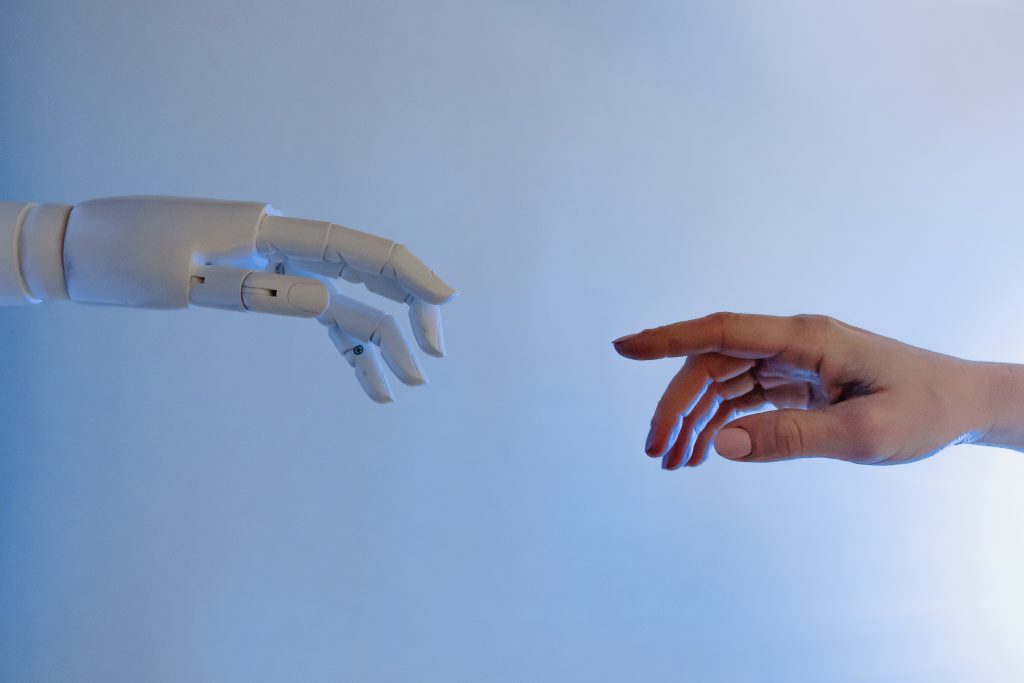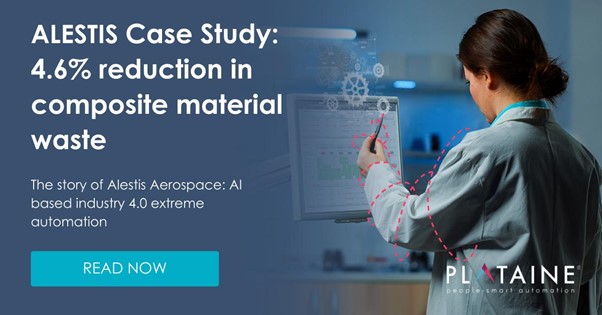A human-computer dialogue, with proactive context-driven intervention of AI software, leads to better joint decisions than those made separately by each of them alone. This is the basis for future trends in the development of AI products for business needs that will generate maximum business value.
The term “Artificial Intelligence” usually arouses controversy, due to the very fact of attributing such a human characteristic as intelligence to a structure made up of silicon chips. The controversy, which usually takes place between philosophers and technologists, faces difficulties from its very inception, not only because it is difficult to define ‘artificial intelligence’, but because there is also no clear and unambiguous definition of the term ‘human intelligence’. For business use, a software product is measured in terms of the business value it brings to the user, which suggests a direction for measuring the level of intelligence of software products beyond the intellectual and scientific discussion. We begin with an example that will refine this point and support the conclusion that there is no need for a black/white, yes/no definition for artificial intelligence. The practical world pushes us towards relative definitions in which quantitative measures will help conclude whether product A is more or less intelligent than product B.
Example– Team Completion Challenge: Dan, the staff manager of “Premium” Manufacturing, faces the challenge of filling the positions of people who reported a sick day every morning. The company’s production line consists of machines that require specific skills to operate. In addition, the labor agreements in the factory are subject to rules such as not calling an employee who has just finished a night shift or worked during the weekend.
Below we will review several types of software to support Dan’s challenge.
Software D: The use of Software D proceeds as follows: Dan begins with Team 1 and requests the names of individuals who have the skills to complete Team 1, including people from external contractors. With the names displayed on the screen, Dan applies his personal knowledge of employee’s relative experience, her/his cost and other considerations, selects the suitable employee for Team 1, moves on to Team 2, and so forth.
Software C: Similar to Software D, except that Software C already contains the rules of work data, and if Dan selects for a particular team an individual who violates the rules, the software will draw his attention to it, and he will, or will not, correct it.
Software B: Dan is presented with a list of incomplete teams, selects one, and the software automatically ranks the people who meet the rules according to their cost, and Dan decides whom to choose.
Software A: Dan simply enters “complete teams,” and the software automatically offers a complete solution: who will complete which team, taking into account the rules of work and aiming to minimize the total aggregated cost.
Most people who are required to compare the intelligence level of these software products would agree that software D has almost no intelligence, software C is more intelligent, and software A is highly intelligent. Furthermore, if we compare the solutions that software A offers with the solutions that Dan produces without the software, using specific metrics, such as total cost, and conclude that the software’s solutions are better, then there is a place to claim that software A is more “intelligent” than Dan in ‘team completion’ tasks. It is quite possible however, that Dan is much more intelligent than the software in ‘employee recruiting’.
We also note that:, software D only serves as a memory aid for retrieving data, not as a decision aid; the C software serves as a passive decision aid to draw the user’s attention to a violation of the rules; the B software offers more automatic decision aids, and in software A we reach full automation, including an improvement in the quality of the solution. We also saved time and also completed the teams more efficiently.
Artificial intelligence technologies are those through which we produce and program, such as in software A, the representation of the required knowledge for solving the problem, and the algorithm that will search for a set of substitutes that meet the necessary criteria at a minimal cost.
AI Quadrant: Artificial Intelligence is relative
Figure 1 (published in 2018) offers a framework for rating AI products by displaying them in a two-dimensional graph. In the vertical dimension, the quality of the achieved solution is measured, and in the horizontal dimension, the level of automation is measured.
Let’s continue and ask whether it is possible to achieve higher artificial intelligence than software A. My answer is yes, and the scenario is as follows: like every morning, when he wakes up, Dan activates his mobile phone. On a morning a few years ago, he received the following message from software AA that we developed: Software AA, 06:45: “Good morning, Dan. Just so you know, during the night and this morning, Susan, bob and Joanne reported sick days. I’m already working on completing the teams and I’ll update you accordingly.” While Dan is getting organized for the workday, the computer develops a solution for who will replace those who are sick and communicates with people if they can come today and when. Software AA, 07:30: (The software initiates a follow-up message to Dan): “Good news. Ann, Robert, and Simon will fill in for the sick people. I’ve already checked when they’ll arrive, and below is their estimated arrival time…”.
You’ll agree with me that AA software represents even higher levels of intelligence: humans sleep, problems develop, and the software automatically initiates alerts, works to find solutions, and presents decisions for approval and execution. Automatic artificial intelligence is at its best. Human-computer dialogue is based on the basic principle of a human-machine team that generates better decisions than each of them could do separately. It’s not a black box, but a close digital advisor. AA software represents the trends for the coming years in the development of artificial intelligence for business applications. These programs are based on user guidance throughout the day with proactive and dynamic intervention according to the ‘Contexts & Actions’.
Plataine is one of the pioneers in software solutions. The software automatically builds optimal work schedules for production floors on a daily, weekly, and monthly basis, which, for certain customers, contain thousands of tasks per schedule. For each task, the artificial intelligence software decides which machine will perform it (and a person if necessary), with which raw materials, and in which time segment, so that constraints and regulations are maintained, and business goals are maximized. (Diagram 2).
During the week, the software monitors events on the production floor through sensors and data that people report. It alerts relevant users to events that require attention and, if necessary, also automatically recommends the best course of action. With thousands of tasks throughout the week, this type of management is similar in nature to a large and busy airport control tower, which on the one hand prevents errors and unwanted events, and on the other hand ensures maximum efficiency whenever possible.
To conclude:
I wrote the opening sentence for this article in 1987, for a review of artificial intelligence in the book of the year Britanica Encyclopedia for youth. After decades of investment in numerous research centers worldwide, the achievements are impressive. Artificial intelligence technologies are no longer an optional add-on to traditional software products. They are the ones that generate the majority of the business value of software usage. The software products of the future will be developed from the outset with the concepts of artificial intelligence.
The robots of the future will fulfill more and more roles that are currently performed by humans. However, we should remind ourselves and the robots that although a robot may have excellent artificial intelligence, it has learned everything directly from the human race or from massive databases built by humans, such as Wikipedia, as well as machine learning algorithms, search algorithms, and clever typing mechanisms that people have invented.
Professor Ben-Bassat is one of the pioneers of artificial intelligence in the world and in Israel. He has an academic career at UCLA, USC, Tel Aviv University, and Reichman University, which has been integrated in dozens of articles, developments, and AI-based products that are used worldwide.











